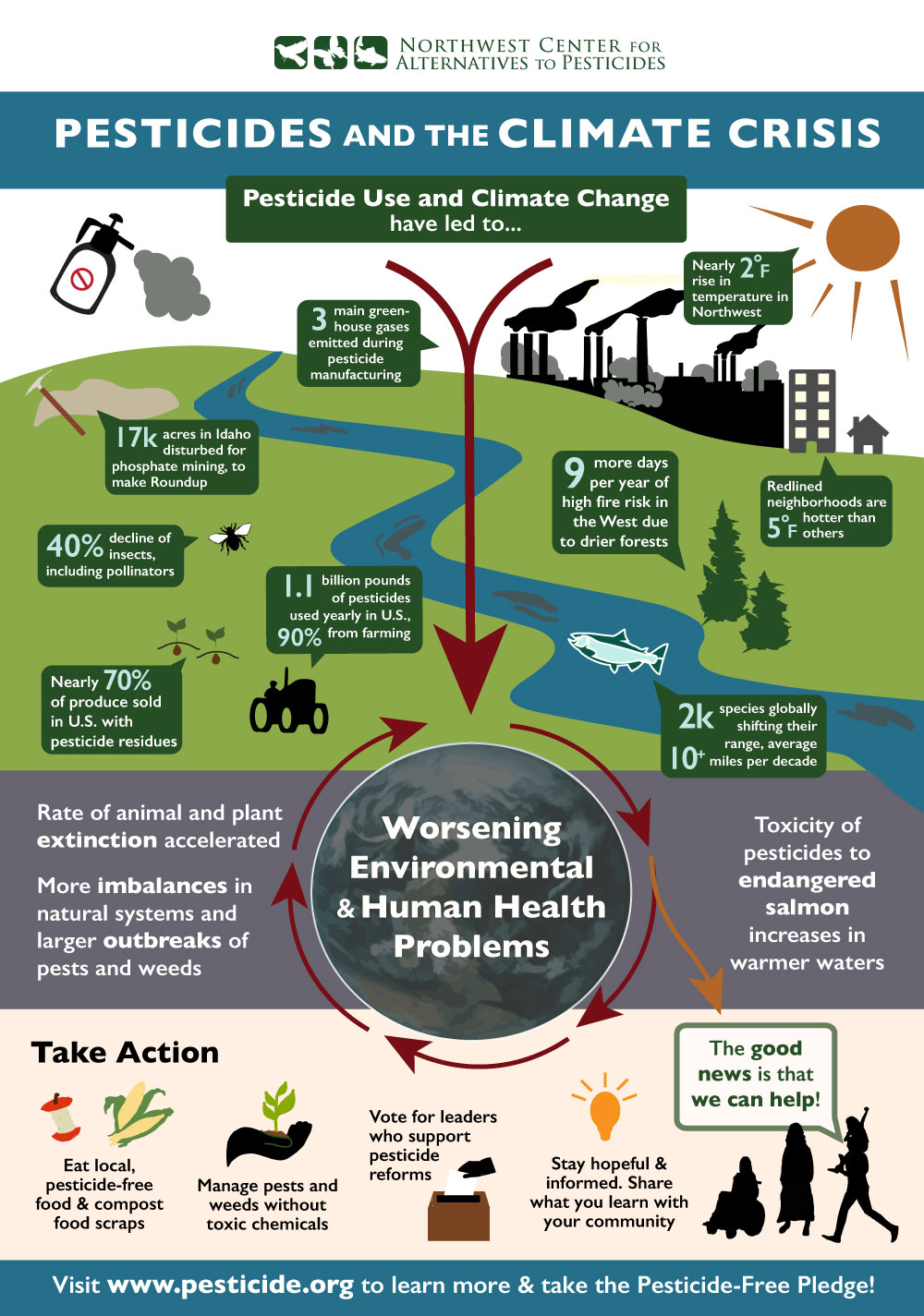Eco Bed Bug Exterminators Dc Things To Know Before You Buy
Table of ContentsEco Bed Bug Exterminators Dc for DummiesEco Bed Bug Exterminators Dc Can Be Fun For AnyoneThe 2-Minute Rule for Eco Bed Bug Exterminators DcNot known Facts About Eco Bed Bug Exterminators DcIndicators on Eco Bed Bug Exterminators Dc You Need To Know
Since chemicals are toxic, they are also potentially harmful to humans, animals, various other microorganisms, and the atmosphere. For that reason, individuals who utilize pesticides or consistently can be found in contact with them must understand the family member toxicity, prospective health effects, and preventative steps to decrease direct exposure to the items they make use of. Danger, or threat, of using pesticides is the capacity for injury, or the degree of threat associated with making use of a chemical under an offered set of conditions.
Nevertheless, applicators can reduce or almost remove direct exposure-- and thus reduce danger-- by adhering to the label instructions, using individual protective clothes and equipment (PPE), and taking care of the chemical properly. For instance, more than 95 percent of all chemical exposures come from dermal exposure, mostly to the hands and lower arms. By wearing a pair of unlined, chemical-resistant handwear covers, this type of exposure can be nearly removed.
The hazardous impacts that happen from a solitary exposure by any type of course of entrance are termed "acute impacts." The 4 routes of exposure are dermal (skin), inhalation (lungs), oral (mouth), and the eyes. Acute poisoning is established by checking out the facial poisoning, inhalation poisoning, and dental toxicity of test animals.
The 15-Second Trick For Eco Bed Bug Exterminators Dc
Severe poisoning is gauged as the amount or concentration of a toxicant-- the a.i.-- needed to kill 50 percent of the pets in an examination population. This procedure is typically expressed as the LD50 (dangerous dosage 50) or the LC50 (lethal focus 50). In addition, the LD50 and LC50 worths are based upon a single dose and are videotaped in milligrams of pesticide per kilo of body weight (mg/kg) of the examination animal or partially per million (ppm).
The lower the LD50 or LC50 value of a chemical item, the higher its poisoning to people and pets. Chemicals with a high LD50 are the least hazardous to people if utilized according to the instructions on the product tag. The persistent toxicity of a pesticide is figured out by subjecting test pets to long-term direct exposure to the active ingredient.
The persistent toxicity of a chemical is more hard than intense poisoning to check that determine via lab evaluation. Products are classified on the basis of their loved one intense toxicity (their LD50 or LC50 values). Pesticides that are identified as highly hazardous (Toxicity Classification I) on the basis of either dental, dermal, or inhalation toxicity must have the signal words threat and poisonous substance published in red with a skull and crossbones symbol prominently displayed on the front panel of the package tag.
The intense (solitary dose) oral LD50 for pesticide products in this group varies from a trace total up to 50 mg/kg. For instance, direct exposure of a few declines of a material taken by mouth could be deadly to a 150-pound person. Some chemical items have simply the signal word risk, which informs you nothing about the intense poisoning, just that the item can trigger extreme eye damages or serious skin inflammation
The Main Principles Of Eco Bed Bug Exterminators Dc
In this classification, the acute oral LD50 ranges from 50 to 500 mg/kg. A teaspoon to an ounce of this product might be deadly to a 150-pound individual (bed bug exterminator). Chemical products categorized as either slightly poisonous or fairly nontoxic (Toxicity Categories III and IV) are needed to have the signal word CAUTION on the chemical tag

10 Simple Techniques For Eco Bed Bug Exterminators Dc
All pesticide toxicity chemicalPoisoning including the LD50, can be found on the product's Item Safety Product Security (MSDS). Chemical labels and MSDS can be acquired from stores or manufactures. Additionally, the majority of items also know that can be found on the Net. The symptoms of pesticide poisoning can range from a moderate skin irritability to coma and even fatality.
People likewise vary in their level of sensitivity to various degrees of these chemicals. Some individuals may reveal no response to an exposure that might trigger extreme ailment in others (bed bug heat treatment). As a result of possible health and wellness concerns, chemical users and trainers must recognize the usual indications and signs of pesticide poisoning. The effects, or symptoms, of chemical poisoning can be extensively defined as either topical or systemic.
Indicators on Eco Bed Bug Exterminators Dc You Need To Know
Dermatitis, or inflammation of the skin, is accepted as the most frequently reported topical impact connected with pesticide exposure. Signs of dermatitis array from reddening of the skin to breakouts and/or blisters. Some individuals have a tendency to cough, hiss, or sneeze when revealed to pesticide sprays. Some individuals respond to the strong smell and bothersome results of oil extracts made use of as carriers in chemical products.
This symptom generally subsides within a few minutes after a person is removed from the exposure to the toxic irritant. A response to a chemical product that causes somebody not only to sneeze and cough but additionally to create extreme intense breathing symptoms is much more most likely to be a real hypersensitivity or allergic response.
Systemic impacts are rather various from topical impacts. They usually take place away from the original point of call as an outcome of the pesticide being soaked up right into and distributed throughout the body.